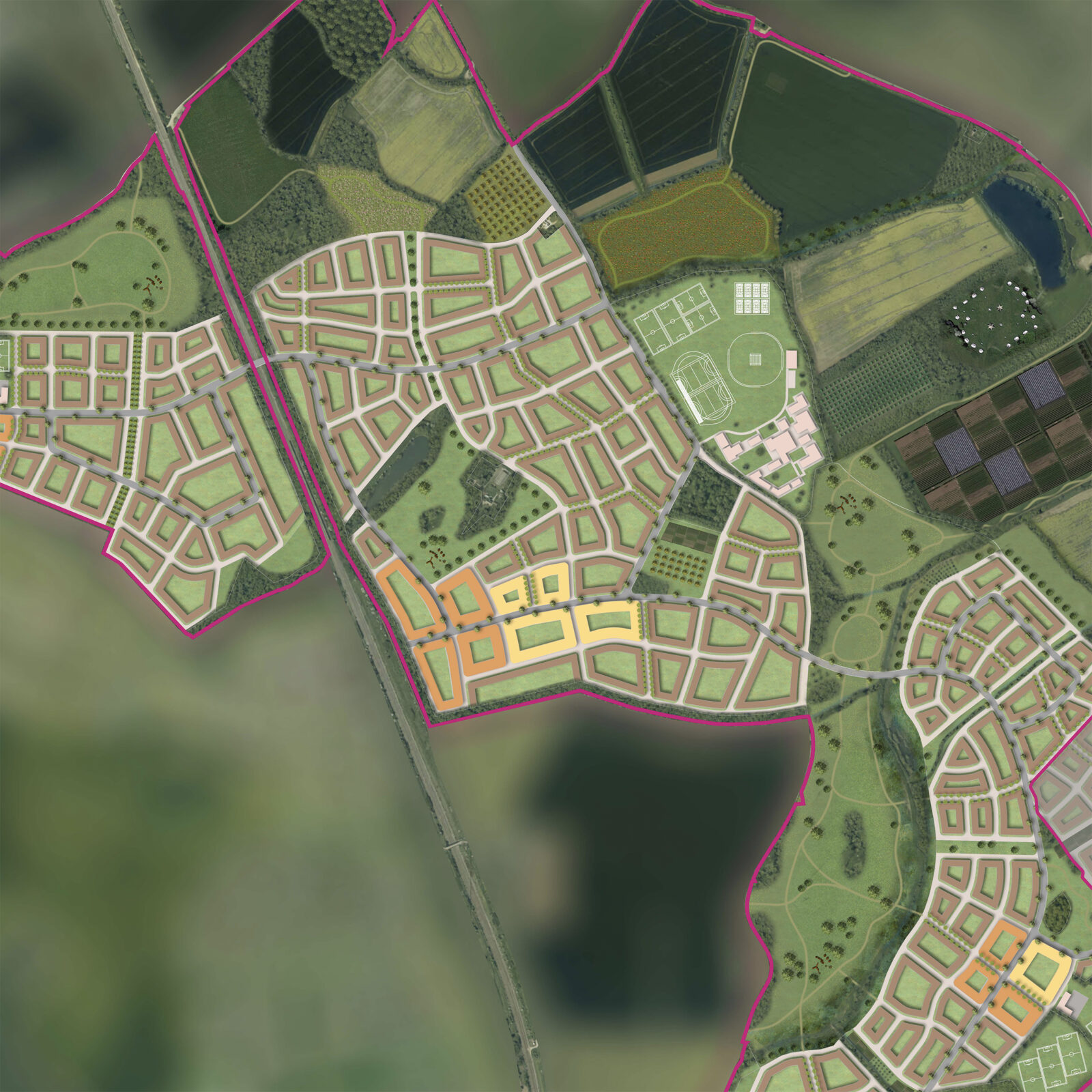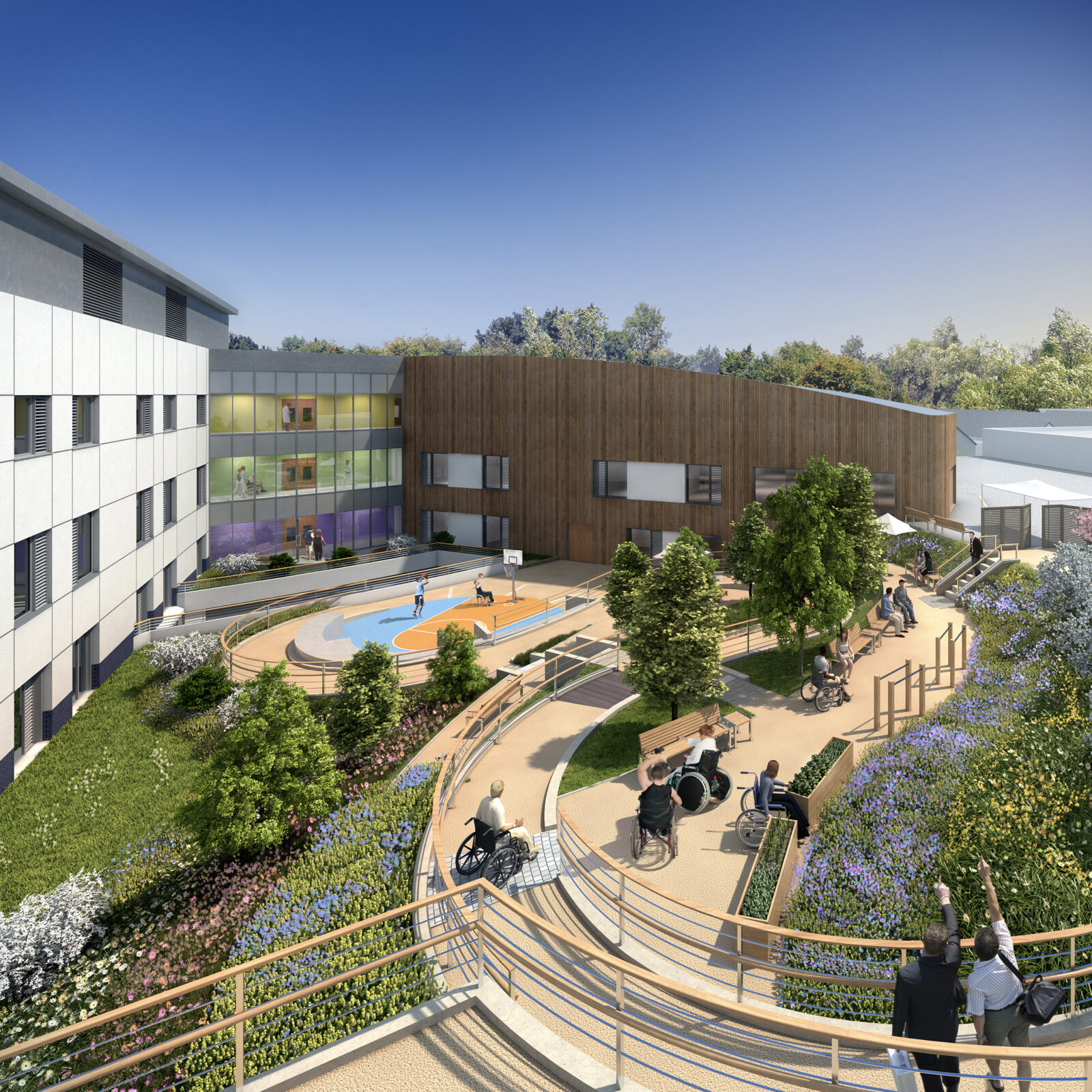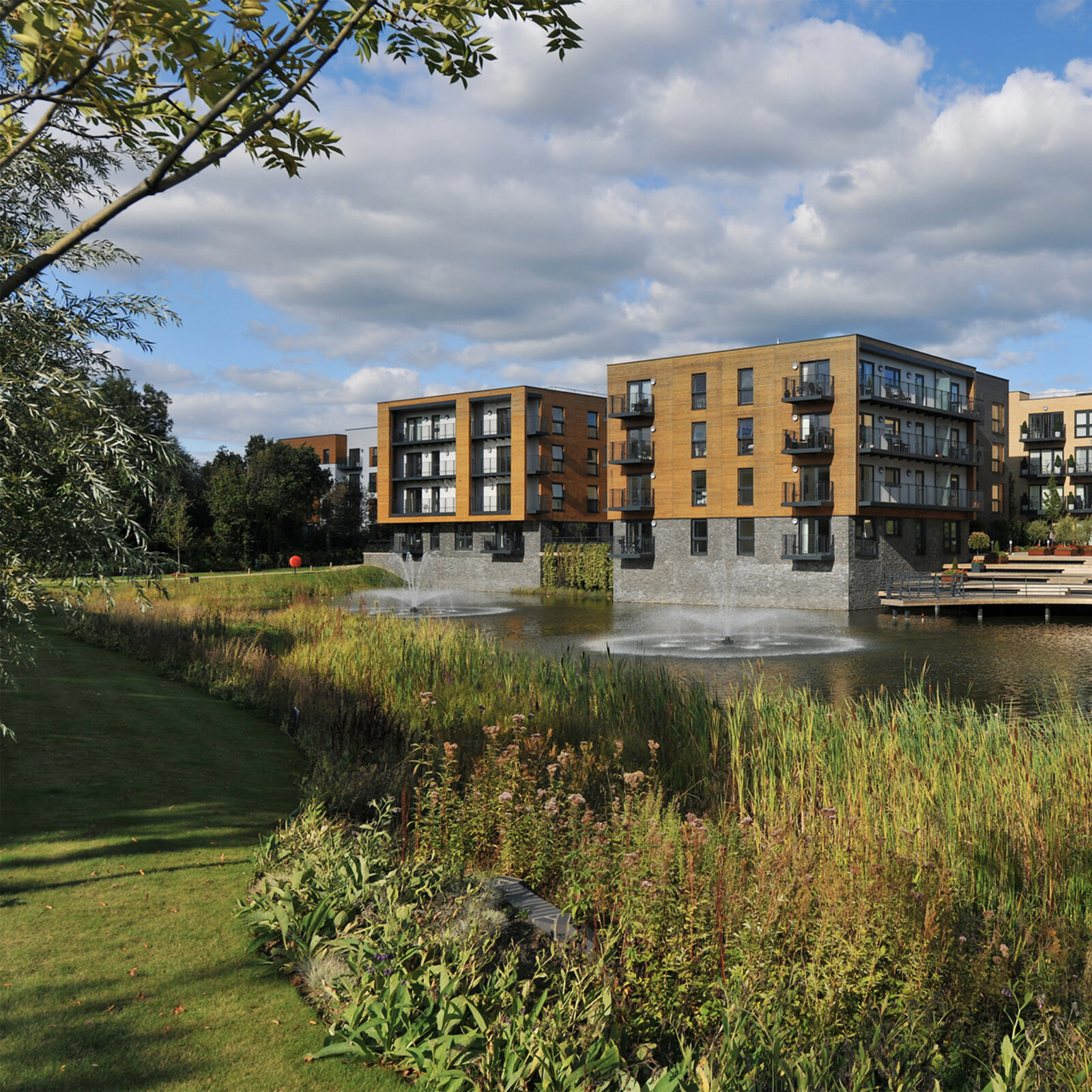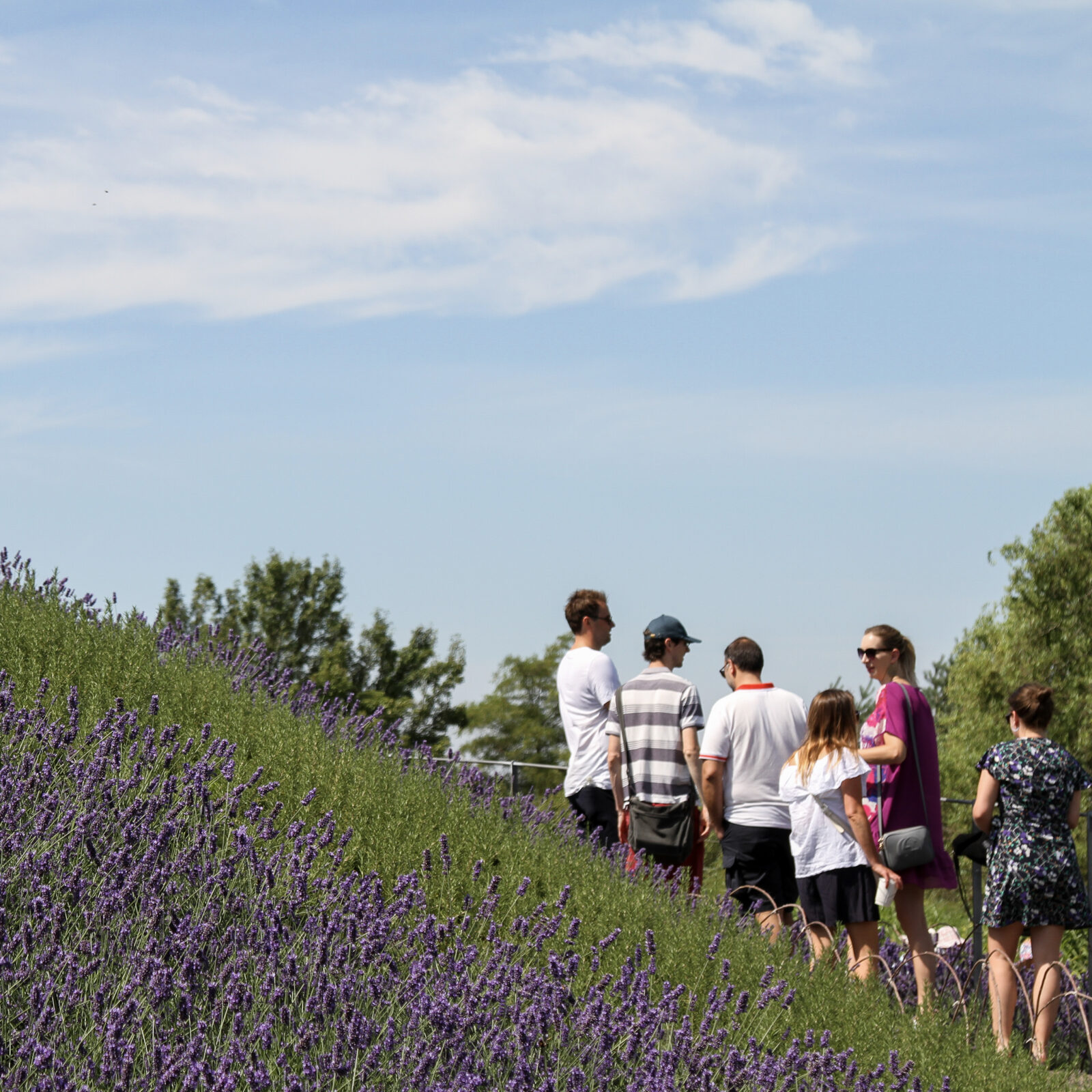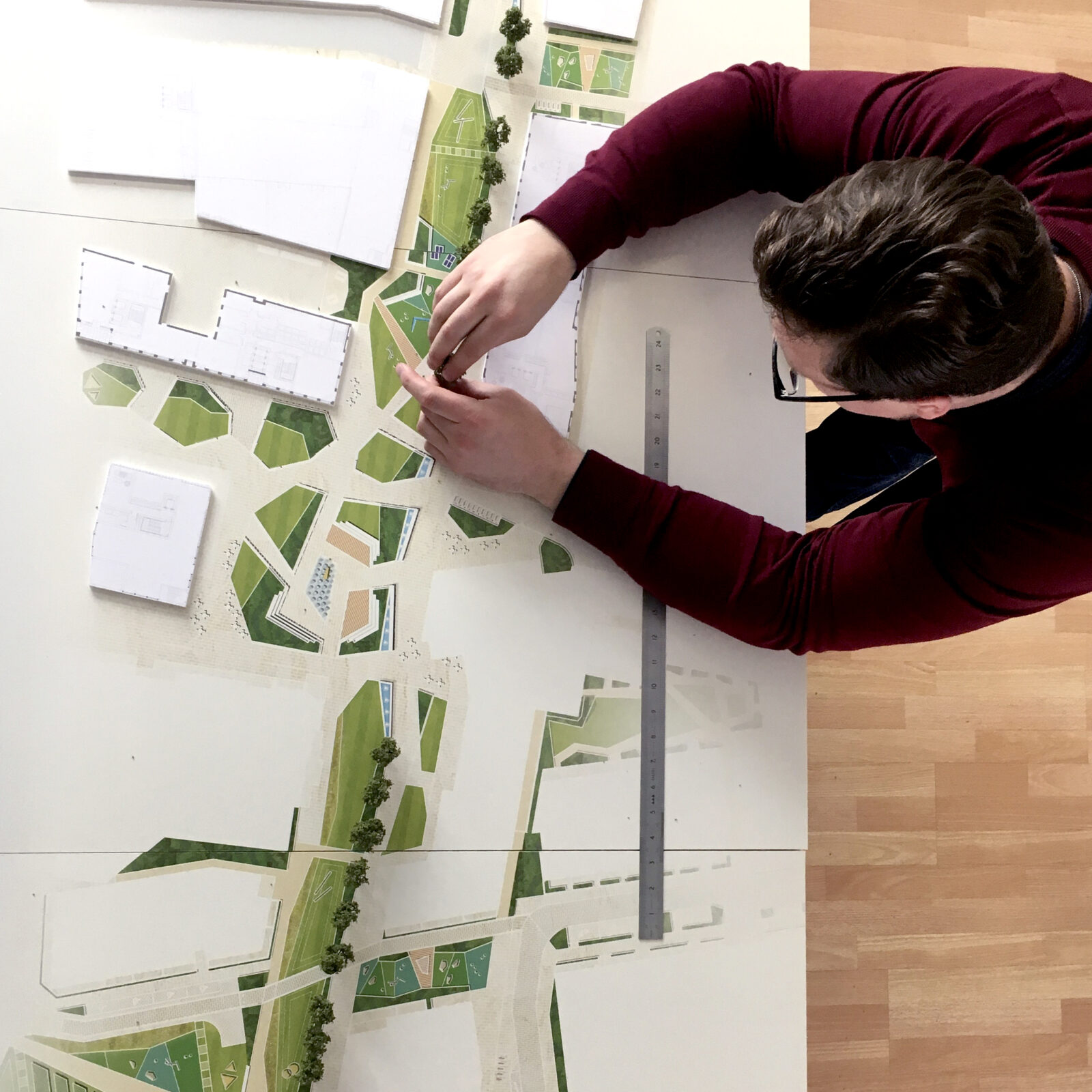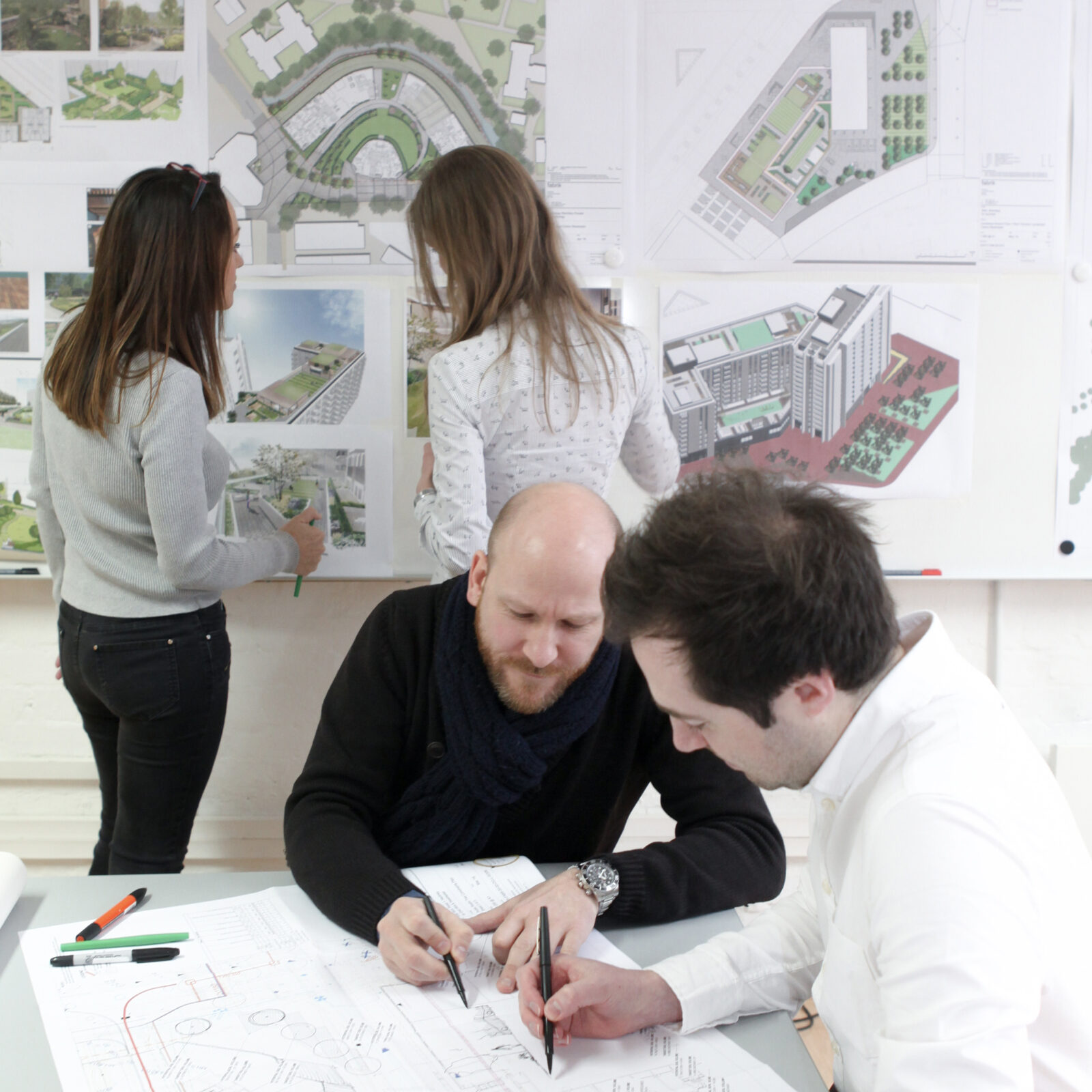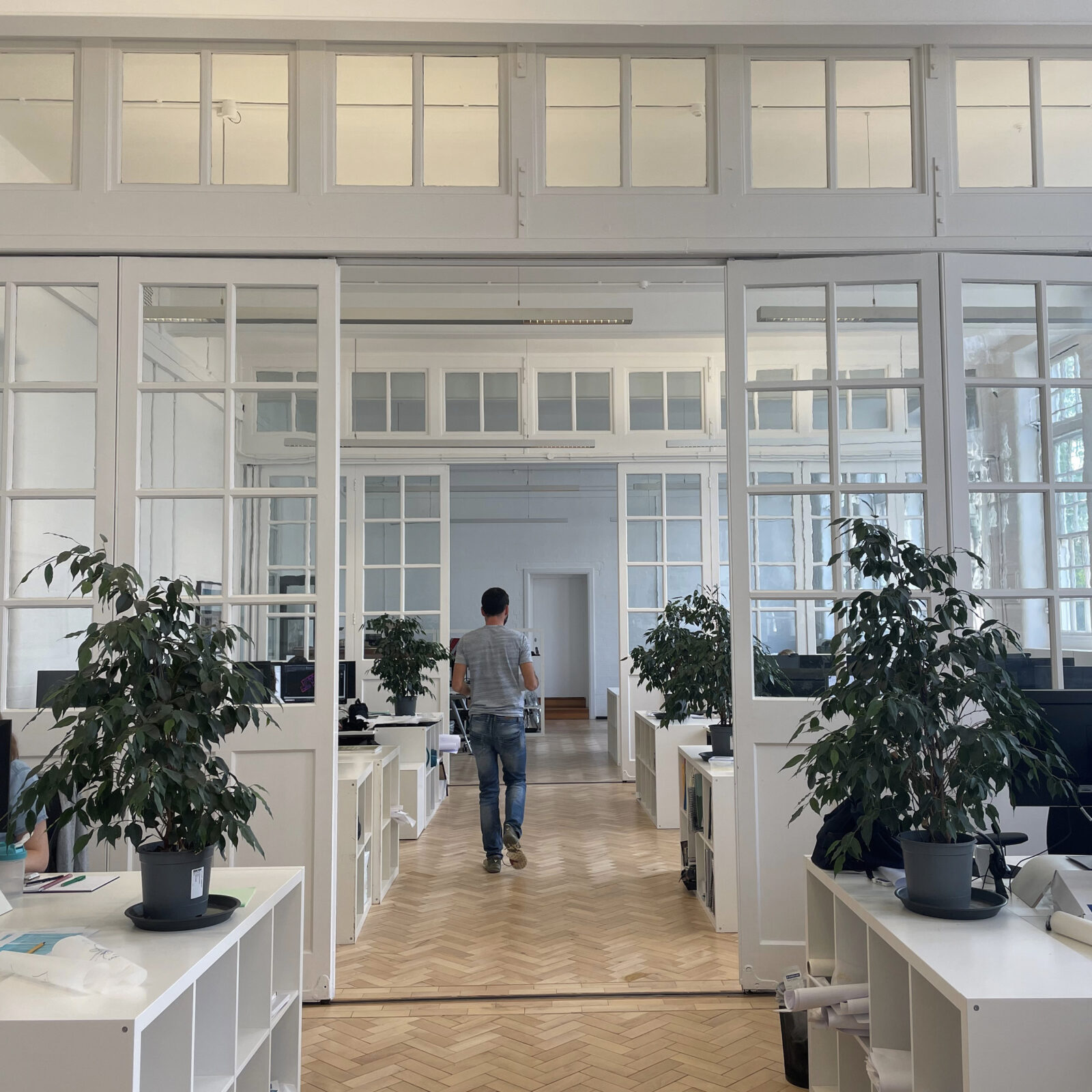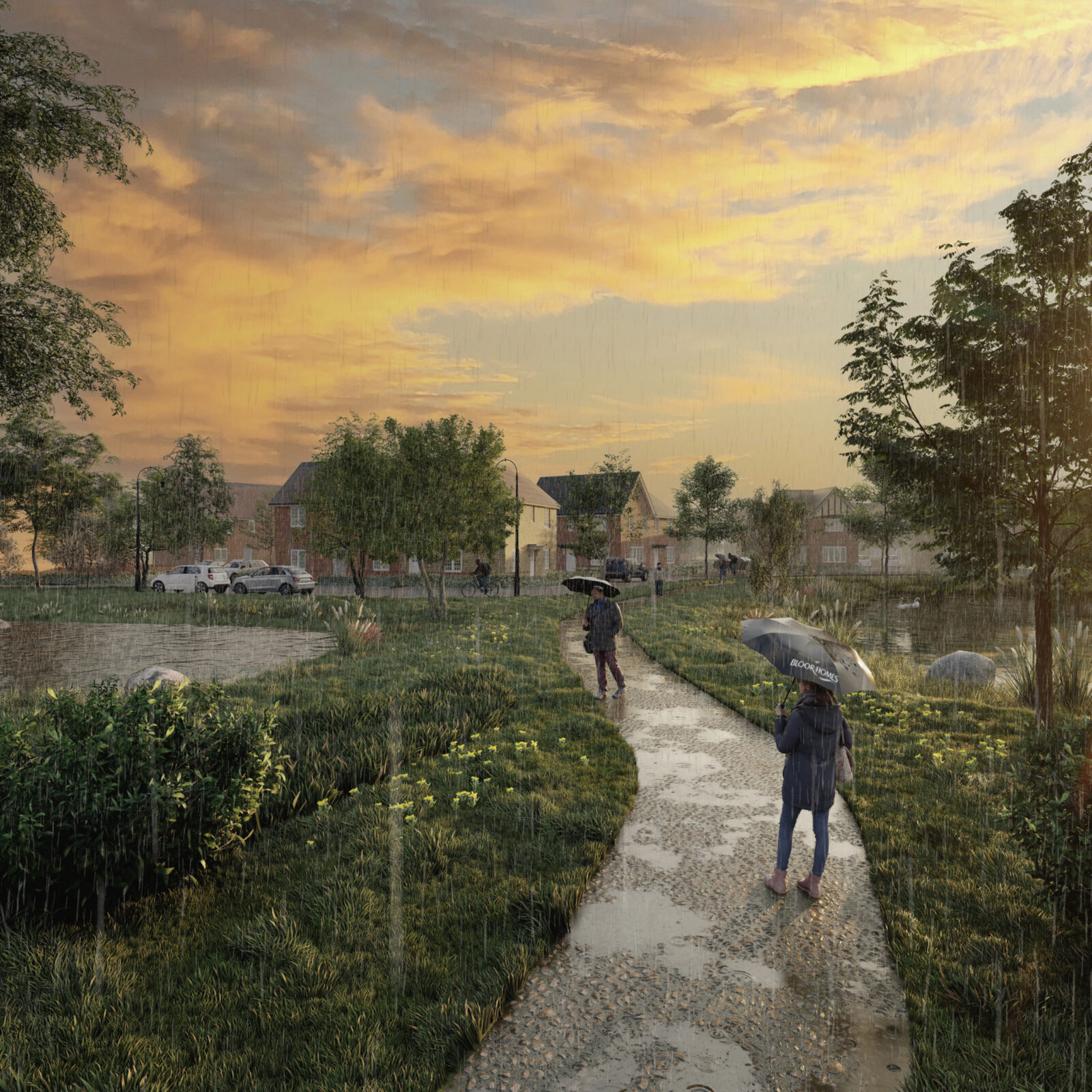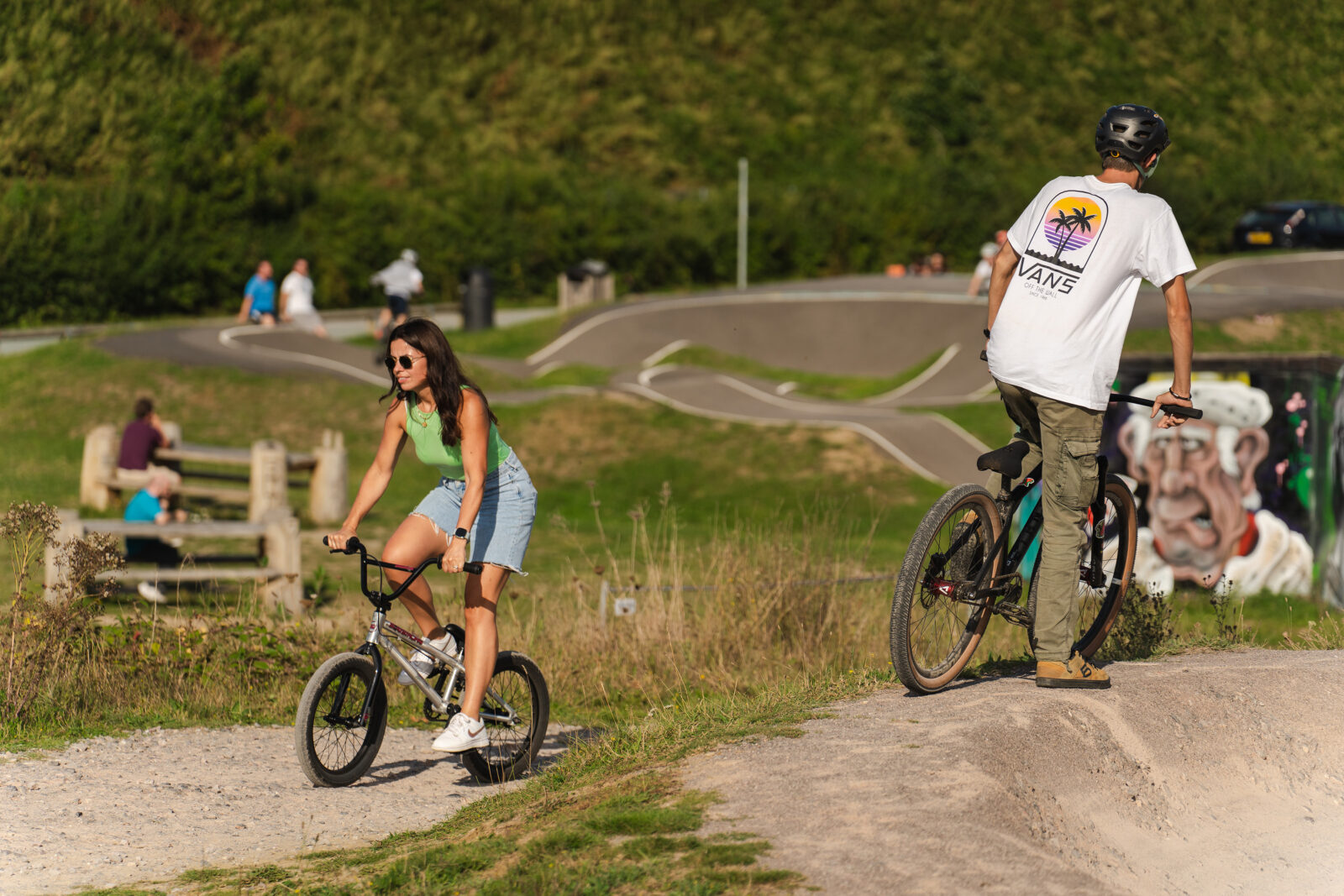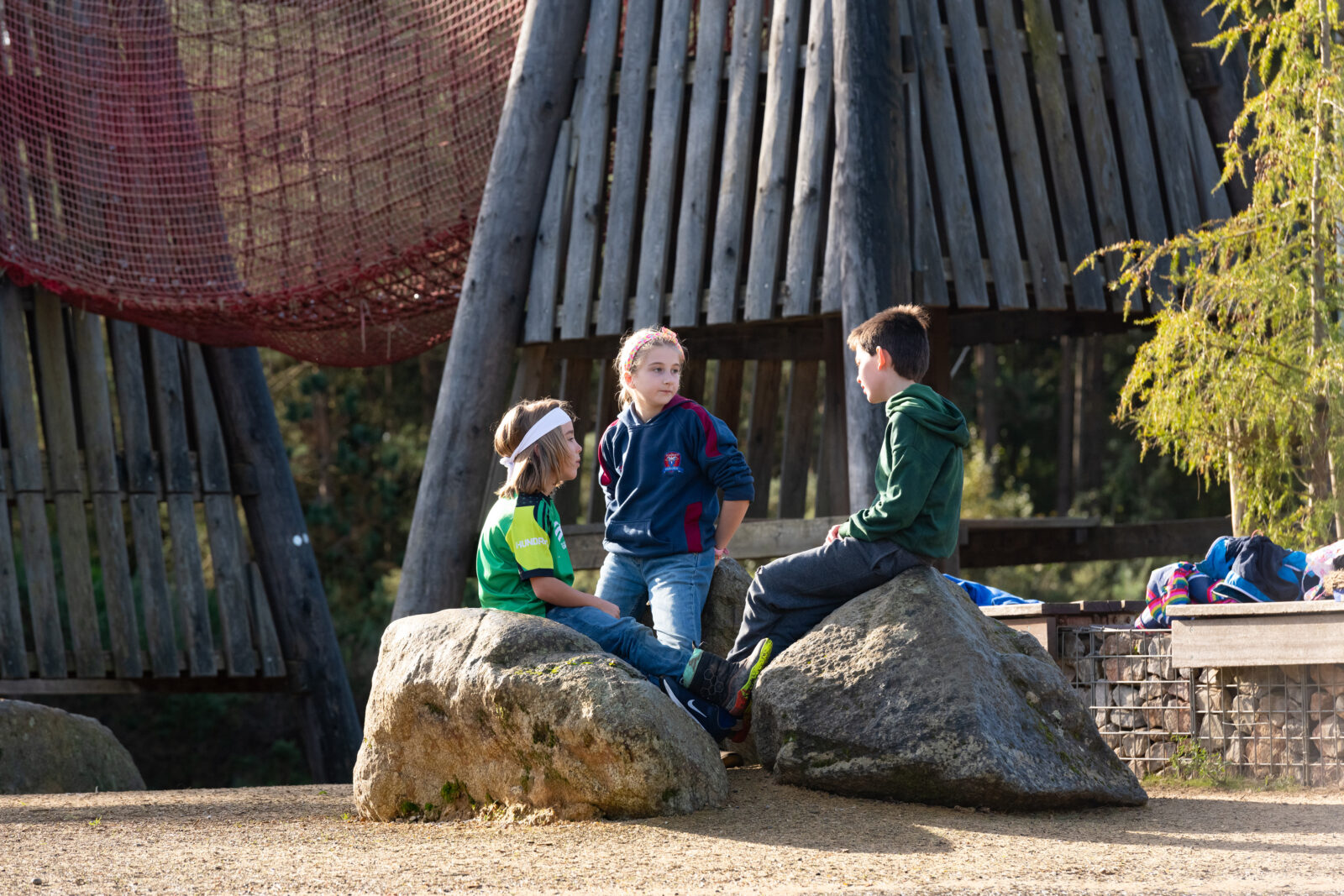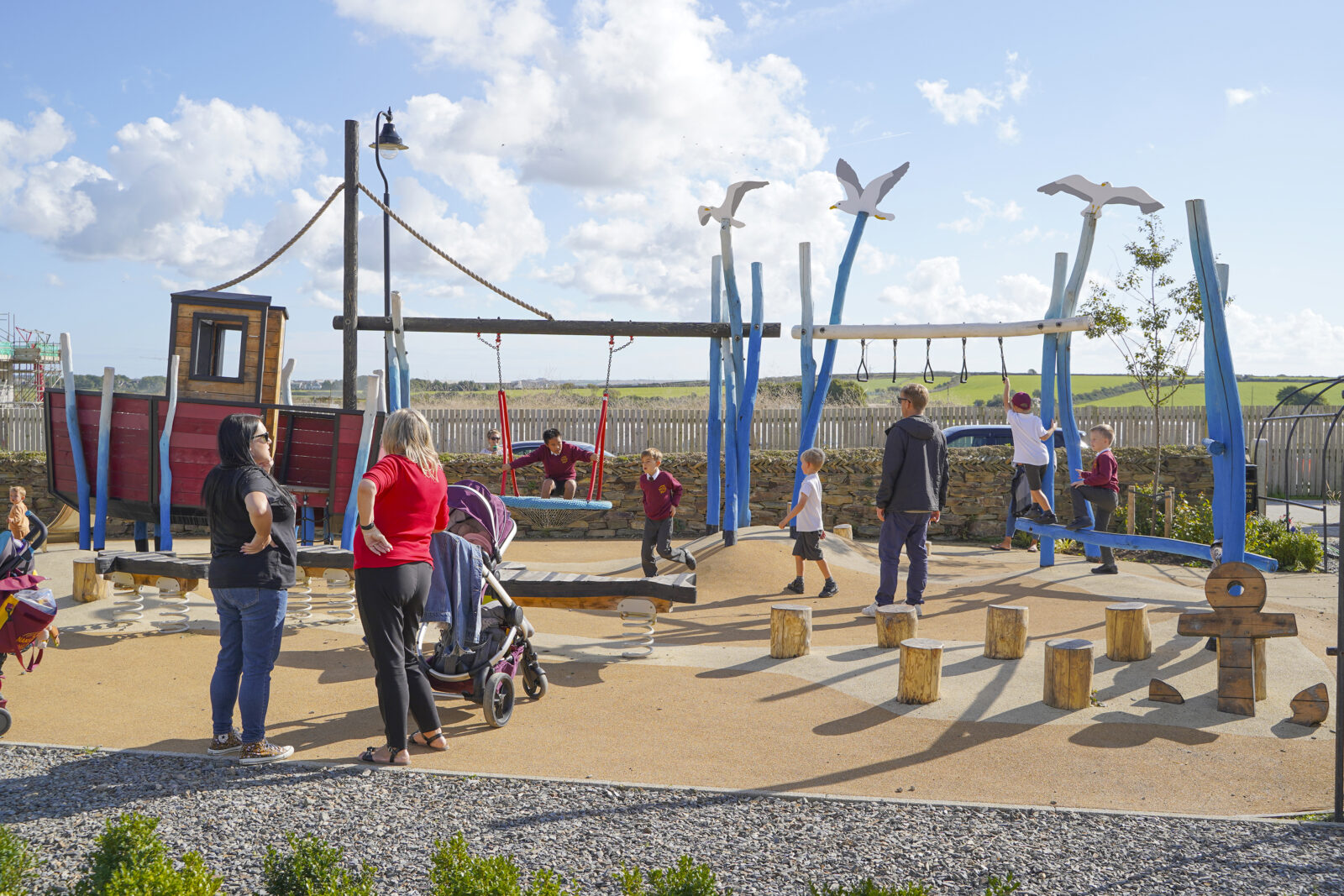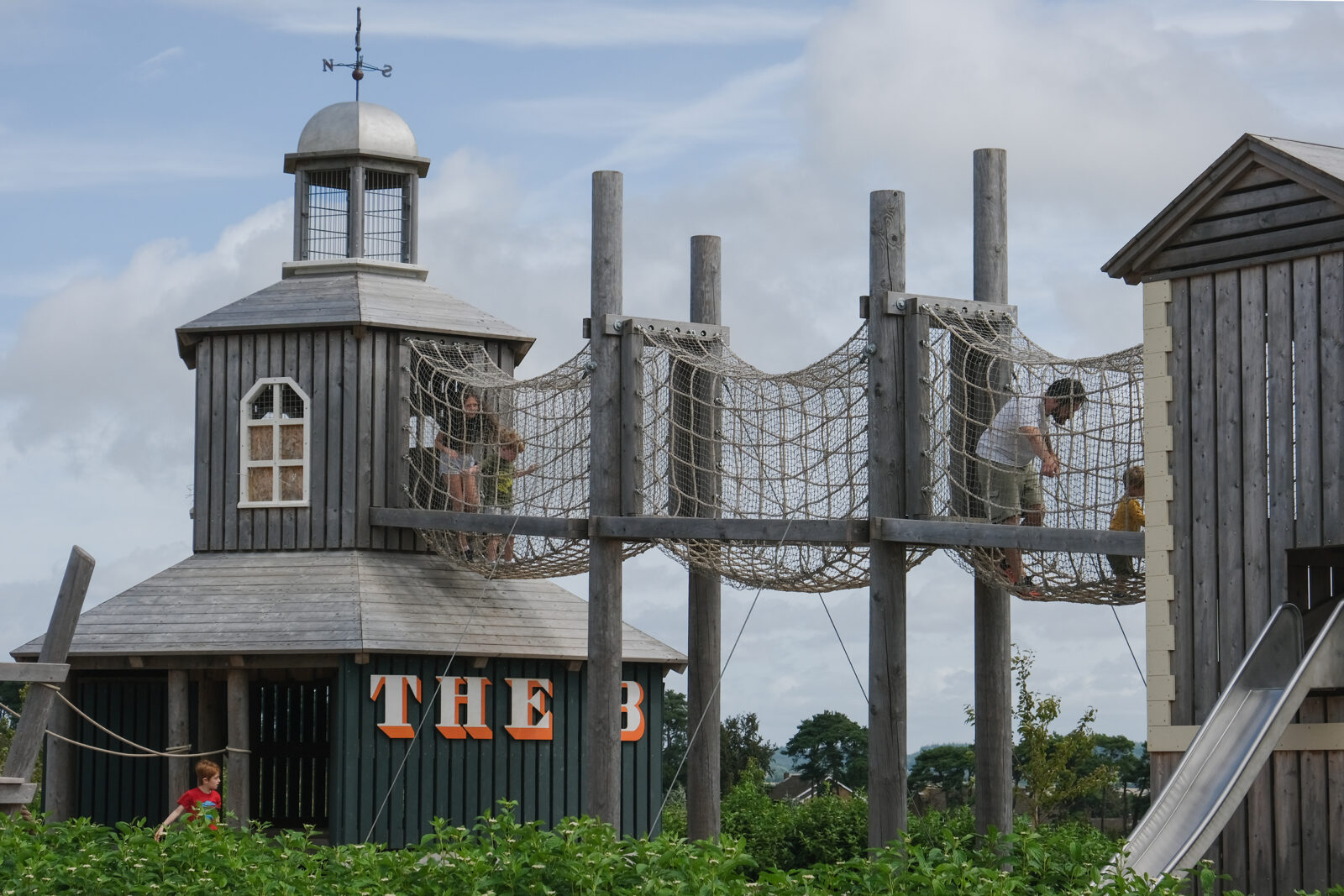In recent years, there has been a growing recognition that the public realm is often an unamenable and, at times, dangerous space for women and girls. Historically, public space has been designed by men for men, so it is with some difficulty that we might reimagine it through the female lens. Make Space for Girls and the London Legacy Development Corporation’s (LLDC) recent guidelines on Creating Places That Work for Women and Girls have been significant in articulating the values, priorities and needs of females.
Barriers to women and girls using and navigating public space are both physical and psychological. The physical barriers might include inadequate lighting, lack of safe access, or public spaces that are not designed with diverse needs in mind. Psychological barriers, on the other hand, stem from fear of harassment, cultural norms that restrict movement or a general sense of exclusion. As we explore spatial design as a tool to positively influence behaviour, it is important to highlight that this includes that of men and boys.

